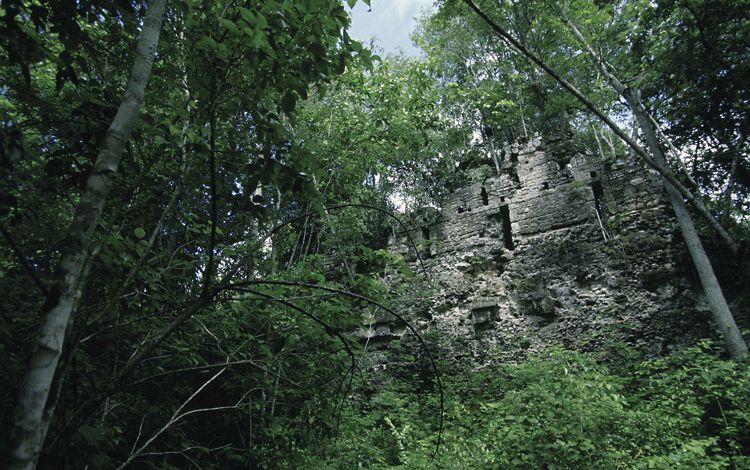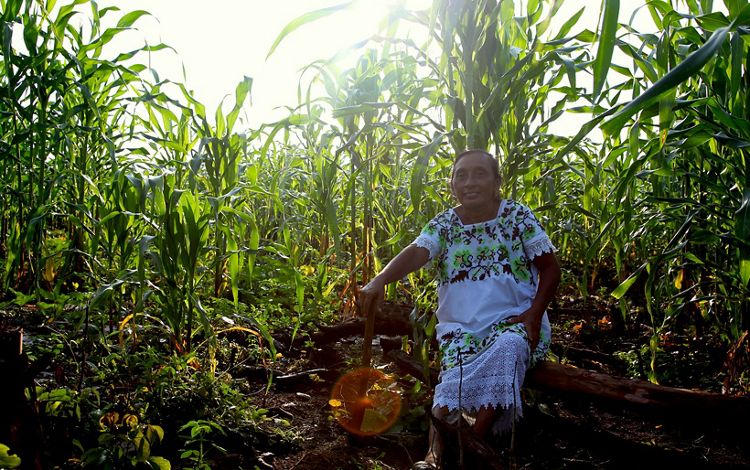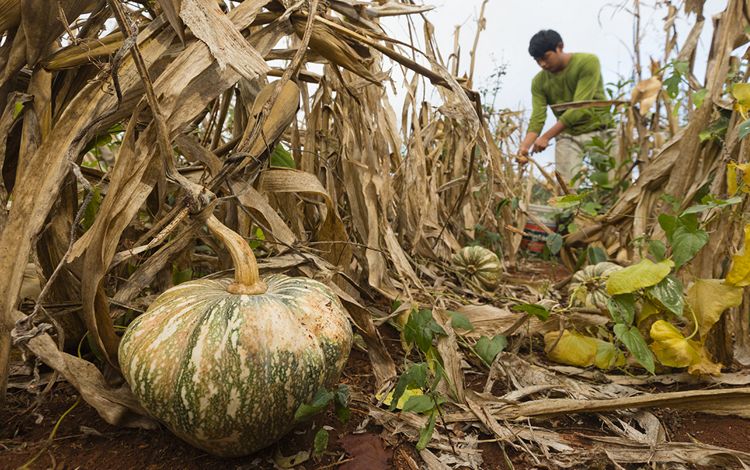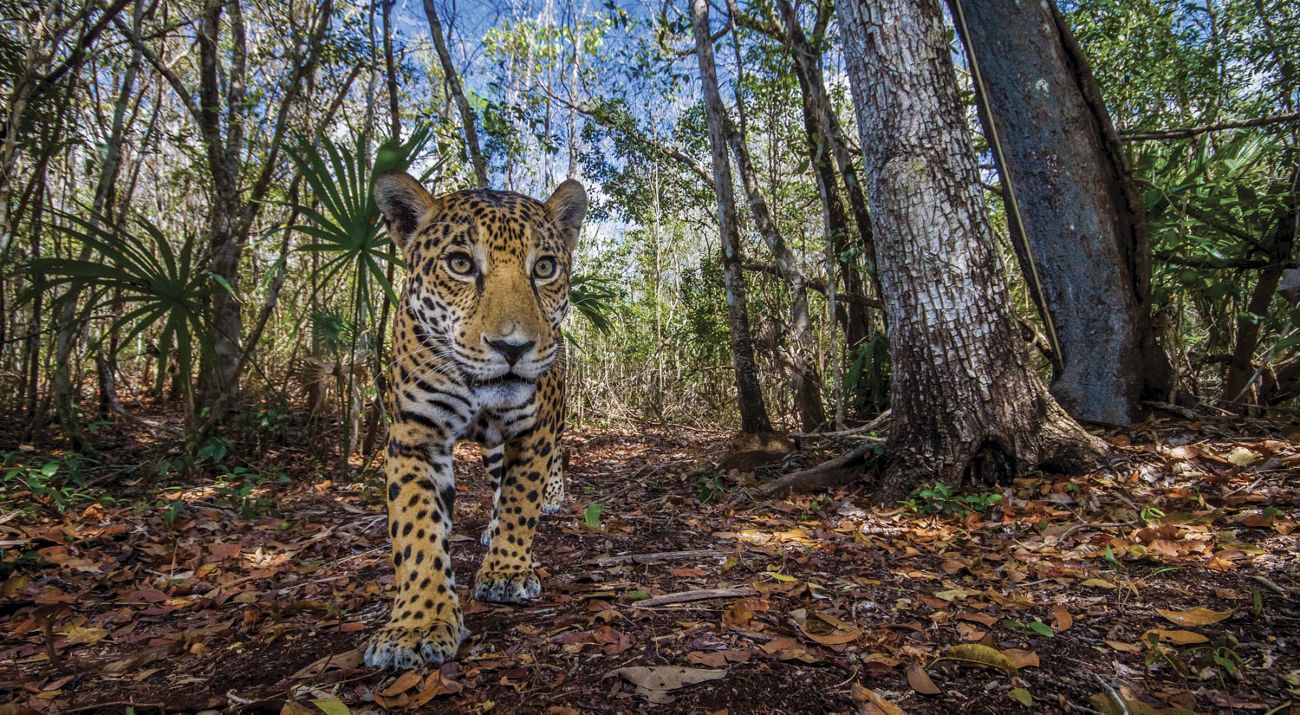Addressing one of humanity’s greatest challenges— finding sustainable ways to feed a rapidly increasing global population—is Latin America’s great opportunity. But it is also one of our biggest trials. We must balance increased production with a contained agricultural footprint. We must avoid harming environmentally sensitive areas and ramp up the productive capacity of the land already under cultivation.
Mexico’s Yucatan Peninsula is a microcosm of this challenge. While the Yucatan is known for its ecological and cultural splendor—the lure of lush tropical forests where jaguars roam and ancient ruins of the Maya civilization tower above the tree canopy—the region loses more than 200,000 acres of forest each year, mostly to inefficient agriculture conversion which perpetuates a cycle of deforestation, soil depletion and poverty. A good look into the region’s ancestral practices reveals it does not have to be this way. It is indeed possible to scale up food production while safeguarding the forest, fighting climate change and delivering opportunities for farming communities to thrive in the process.
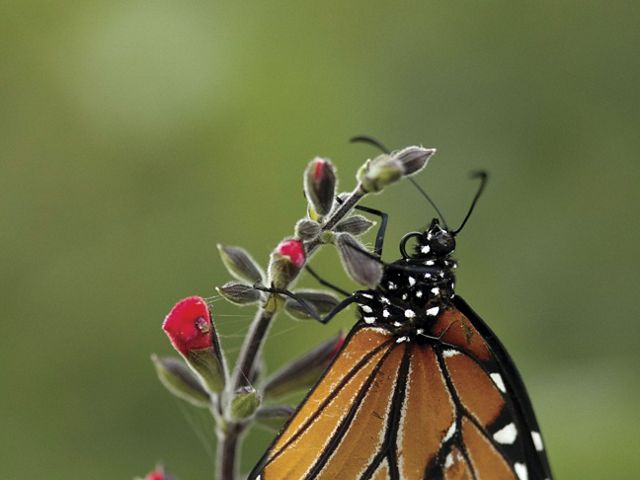
The Mayans know that the forest is as essential to their food production as the seeds or the soil. Over four millennia, they have farmed the rocky, shallow soil by shifting diversified crops over the landscape to help forests and soils regenerate. This ancient farming system, known as “milpa”, is described as a “forest garden”—an unplowed, tree-dominated parcel cultivated year-round to produce plants for food, shelter and medicine. To this day, the milpa provides food security and livelihoods for rural, mostly Mayan, populations. It also provides a foundation for boosting resilience in the face of deforestation and climate threats.
The Nature Conservancy’s work in the Yucatan engages Mayan communities, producers, research institutions, private companies and government agencies. We have taken what has worked for millennia and incorporated cutting-edge technology and science to create practices that address current challenges.
Quote: Clemente Kinil Chan
For me, the forest is life. It is our oxygen, our water, our livelihood. Where there is no forest, there is no life.
In our work with farmers and ranchers across the Yucatan, TNC has seen first-hand the benefits of sustainable practices that are based on ancestral local techniques and supported by modern mapping and land-use planning. We have seen cows per hectare increase five-fold, milk production more than double and crop yields go up by more than a third. Small agricultural operations grow and family incomes rise. And all without clearing new forests.
TNC is currently scaling these sustainable practices through Networks for Landscape Innovation, which empower local farmers to demonstrate and replicate farming and landscape management methods proven to boost both productivity and forest protection. The networks facilitate the exchange of knowledge and good practices in sustainable production systems, connecting producers with science, research, rural extension services and markets. To date, we have involved almost 1,000 producers in 42 communities throughout the Yucatan in sustainable cattle ranching, regenerative agriculture, beekeeping, and forestry.
